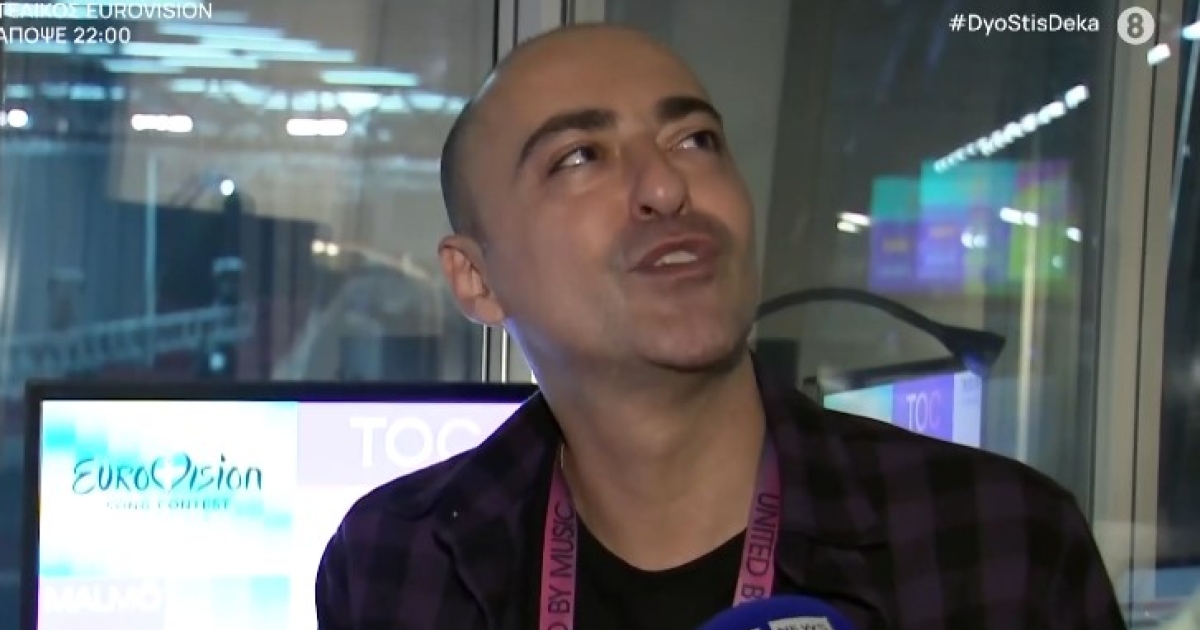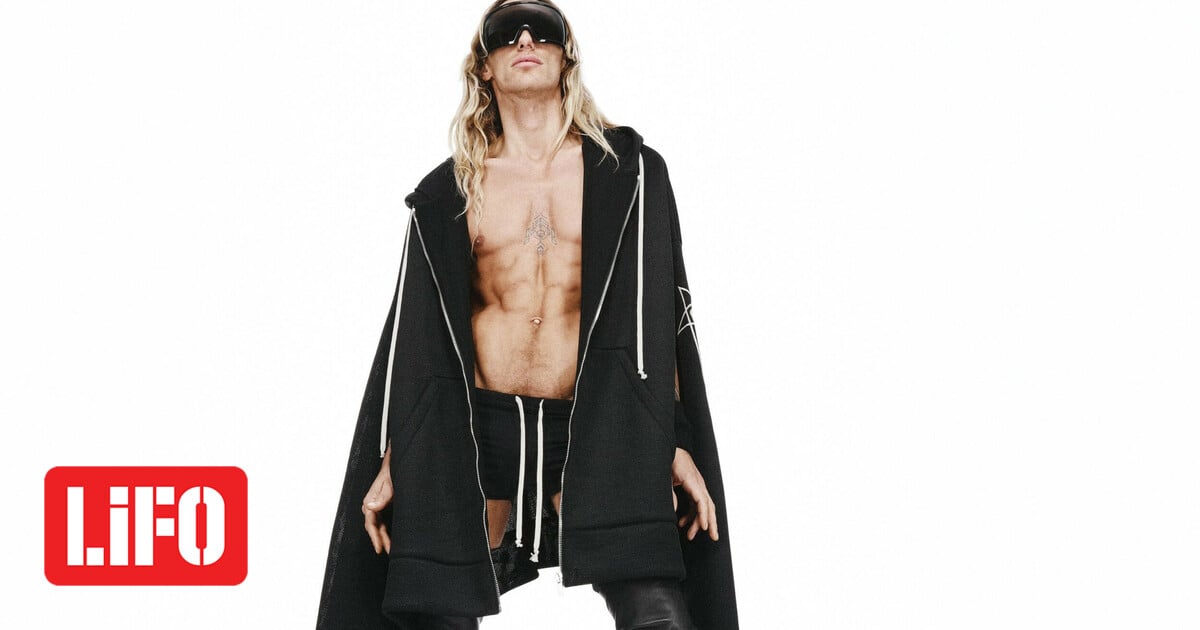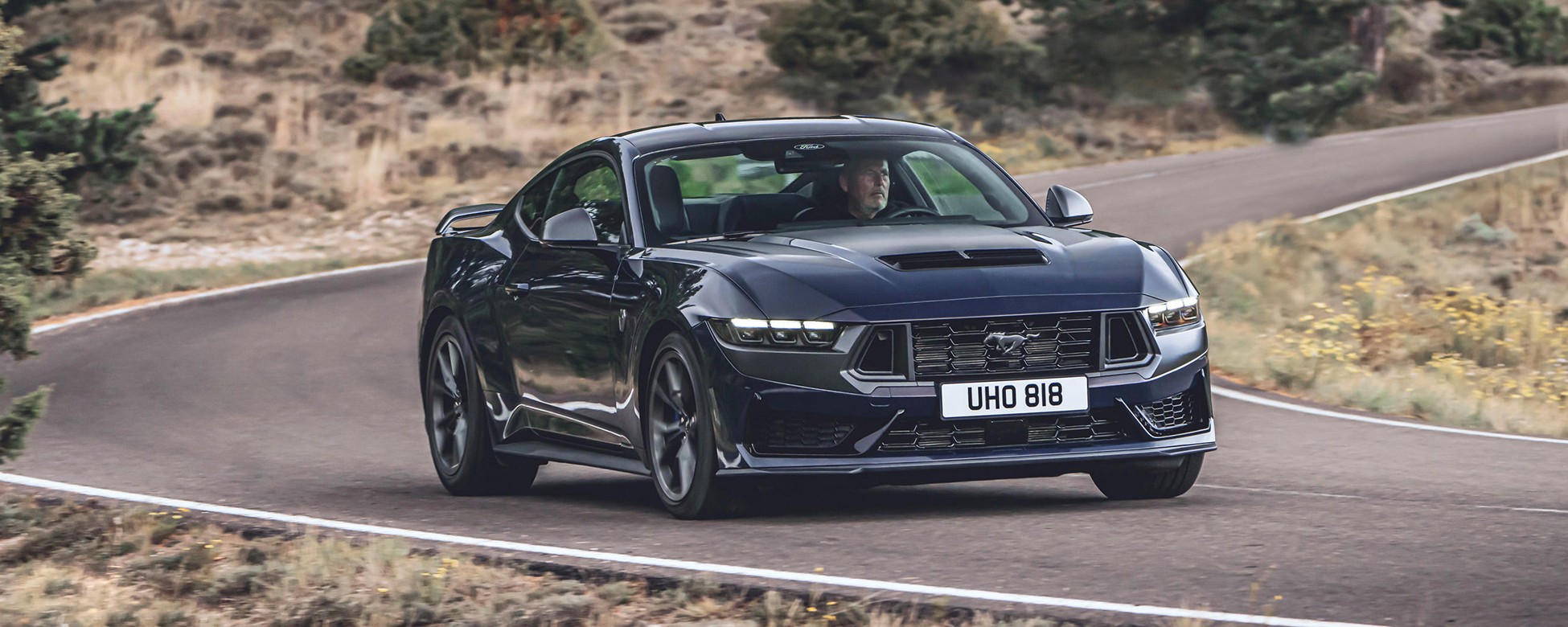Its wildlife exhibit South Pole in Harmful sunlight It has increased in recent years, scientists warn, which has raised the alarm bell about the ozone hole, climate change and its effects.
Scientists who worked in South Pole They discovered the hole in layer of Ozone 1985 – Measuring the amount of solar radiation reaching Earth.
The ozone hole in Antarctica is a problem
However, the ozone layer has now healed.But there is a hole – The area where there is a bed Ozone is extremely depleted – which appears Every spring over AntarcticaProfessor Robinson, Deputy Director of the University Research Center for Securing the Environmental Future of Antarctica, who participated in research published in the scientific journal Global Change Biology, explained.
As he explains, this loss of ozone is Important to AntarcticaThis is due to chemical reactions that occur at very low temperatures and in high atmospheric clouds. These reactions break down the ozone, opening a hole in the layer.
Annual appearance of this hole It usually peaks in September and OctoberAnd most terrestrial plants and animals They are hiding Under the snow and animals of the sea Protected by Extensive sea ice.
now, It continues until December But also the media From the Antarctic summer. The scientist asserts that “this is the time when things become exposed and become more vulnerable.”
Some types of ultraviolet radiation radiation by Heliumcalled x-rays UVB raysmore Risk of skin cancer And Waterfall in peopleBut researchers don’t yet know whether the same applies to Antarctic mammals and birds BBC.
How does the sun affect Antarctic creatures?
Maybe anything Covered with fur and feathers -Any animals like Seals And the Penguins – They are protectedBut “S Perhaps a greater risk About Antarctic animals He is the Eye damage“, according to the expert.
Reviewing all studies on the effect of ultraviolet radiation on plants and animals in Antarctica, the research team found that Antarctic algae installation “their own protection”Sunscreen compounds».
“If they invest energy in Sun protectionThis means they are investing Less energy to grow“The researcher explained.”Sun protection always comes at a costhe added.
There is also evidence that krill – the small but abundant marine organisms that make up… Basis of the Antarctic food chain – They move Deeper into the ocean to avoid UV raysWhich could affect whales, seals, penguins and other seabirds that feed on them.
“We also know that Phytoplankton The krill that is fed must be manufactured Sunscreens to avoid “Damage,” Robinson said.
As the researcher noted: “The most important thing we can do to help Antarctica is to work for it Climate change – To reduce it Carbon dioxide emissions As soon as possible so we have it Fewer fires And not to put additional pressure on the restoration of the ozone layer.”

“Avid problem solver. Extreme social media junkie. Beer buff. Coffee guru. Internet geek. Travel ninja.”





More Stories
Fashion United: Five perfect (and affordable) fashion collaborations that just launched
New accessibility features for iPhone and iPad announced by Apple – Apple
Rumor: Xbox Game Pass price hike is coming